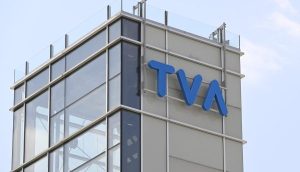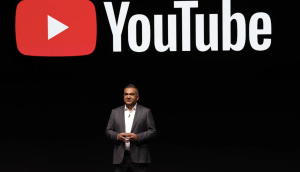When media folks talk about holistic planning, Naked Communications is the shop most describe as the Holy Grail. The UK-HQ’d agency recently opened an office in NYC headed up by former Media Kitchen chief chef Paul Woolmington. He’ll be in Toronto next month for the second annual Media in Canada Forum: Getting to Engagement. MiC asked him for a preview of his keynote speech, in which he will discuss the path to what he terms ‘communications nirvana.’
Which brands get engagement? ‘Mini, for one. It’s an iconoclastic brand. And if you’re working on a brand like that and you can’t create engagement, you might as well shoot yourself. The same goes for an iconic brand like Virgin. They have a head start because they’re bursting with personality and obviously have a lot going for them. Where I live in northwest Connecticut, there was a Mini Cooper day at Lime Rock racetrack and 10,000 to 15,000 Mini enthusiasts attended, some driving all the way from the west coast.
‘Another such brand is the Scion. Toyota launched a Gen Y-targeted car division and branded it Scion. They’ve largely built a brand that sells way in excess of Mini in the US on very little above-the-line advertising. Most of their activity is through sponsored events and really cultivating a deep commitment to their (target’s) culture – through events, sponsorships, clubbing, all their activities. I think it’s an absolutely genius case study on how a corporation like Toyota elected to first create a new brand, so they were prepared to not badge this product as Toyota at all. That was a big move. Then they carefully seeded the brand in the community in L.A. with the youth environment and activated a movement. So now when one Scion owner passes another, they flash lights, wave, or somehow acknowledge that they’re part of a club. That’s very powerful in terms of how you can build that relationship. In fact, the people who drive the cars become the advertisement themselves.’
Which brands that ruled in traditional media are losing their way in the new mediaverse? ‘Unfortunately, some brands are under immense time pressure to perform. You look at Ford, down double-digit percentages in sales terms, and there’s a feeling that their marketing hasn’t been consistent. But there’s a lot of sympathy because it’s very difficult to turn a very large ship. It’s much easier for the smaller challenger brands to be nimbler.’
What is communications nirvana? ‘It’s a very simple equation, but it’s actually extraordinarily difficult to do well. The truth is that it’s content, contact and context. It sounds really simple and has probably always been that way, but what’s happened is that our industry has become more siloed. Everyone is hyper-specialized and no one is taking the broader perspective – other than the clients.’
Bottom line? ‘Never before has there been so much reinvention, creation, innovation happening at all levels. This incredibly dynamic environment requires all of us to rethink all of our models of engagement and how we service that engagement, and to think of creating new measurement agendas versus outmoded reach/frequency.
‘We should be really taking a much more holistic perspective on consumers – how they live their lives, how they interact, and how we can more appropriately engage them, entertain them, inform them, activate them, participate with them.’























